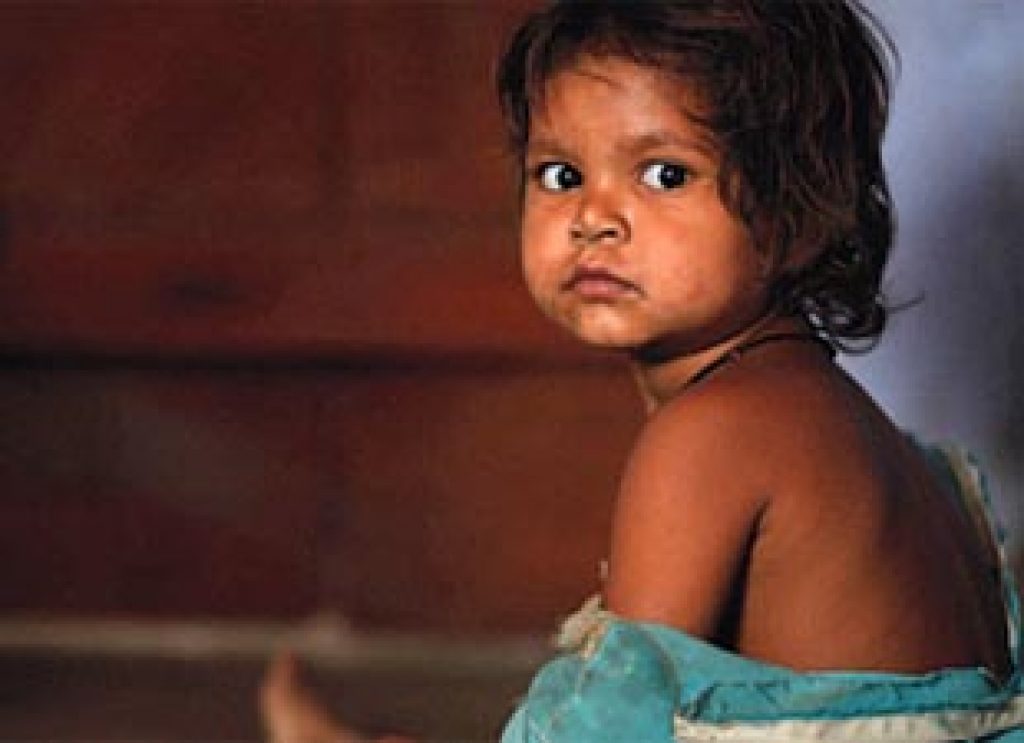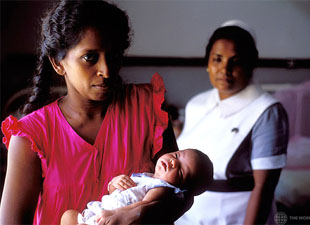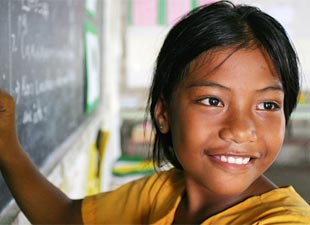
AsianScientist (Sep. 19, 2011) – The latest global child mortality estimates released by UNICEF and the World Health Organization (WHO) show great progress in reducing the number of children in East Asia and the Pacific who die before their fifth birthday.
New estimates show that the total number of under-five deaths decreased in the region from nearly 2.2 million in 1990 to 694,000 in 2010. This is a 68 percent decline in child mortality regionally in 20 years, translating into 4,000 fewer children dying each day.
The new estimates were published in the report Levels & Trends in Child Mortality 2011, issued by the UN Inter-agency Group for Child Mortality Estimation (IGME), of which UNICEF and WHO are members.
Under-five mortality is increasingly concentrated in a few countries. About half of global under-five deaths occurred in just five countries in 2010: India, Nigeria, Democratic Republic of Congo, Pakistan and China. India (22 percent) alone accounted for nearly a quarter of all under-five deaths.
While the vast majority of East and Southeast Asian countries are on track to meet the Millennium Development Goal of reducing child mortality by two thirds in 2015, many Pacific islands are likely to fail to meet the goal along with Myanmar, Papua New Guinea, and Timor Leste.
“Much of the success in reducing child deaths in the region has been the result of years of investment in national immunization programs,” said Basil Rodriques, UNICEF’s Young Child Survival & Development Adviser for East Asia and the Pacific.
“This has led to the number of vaccine preventable illnesses and deaths decreasing dramatically over the past 20 years, particularly among children aged 2-5 years. But we are now seeing infant and neonatal deaths making up a much higher percentage of child deaths in the region.”
Infant and neonatal deaths now a priority
Nearly 79 percent of child deaths in the region occur in the first year of life, and the vast majority of these children die within a month of being born.
Since a delivery cannot be planned, it requires the availability of round-the-clock health services. The same is true for treating pneumonia and diarrheal diseases, the two biggest killers of children in the region.
To reduce infant and neonatal deaths, governments need to invest more strategically in healthcare infrastructure and services, especially in rural and remote areas, and improve the quality and capacity of healthcare personnel, said Rodriques.
The full report can be downloaded at: Levels & Trends in Child Mortality 2011 (PDF, 3.52 MB).
——
Source: UNICEF East Asia and Pacific.
Disclaimer: This article does not necessarily reflect the views of AsianScientist or its staff.












